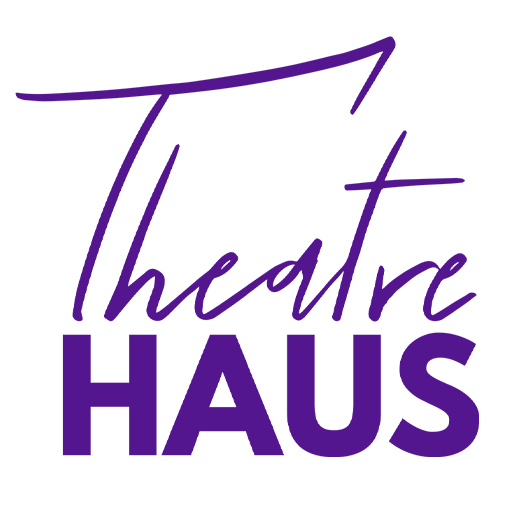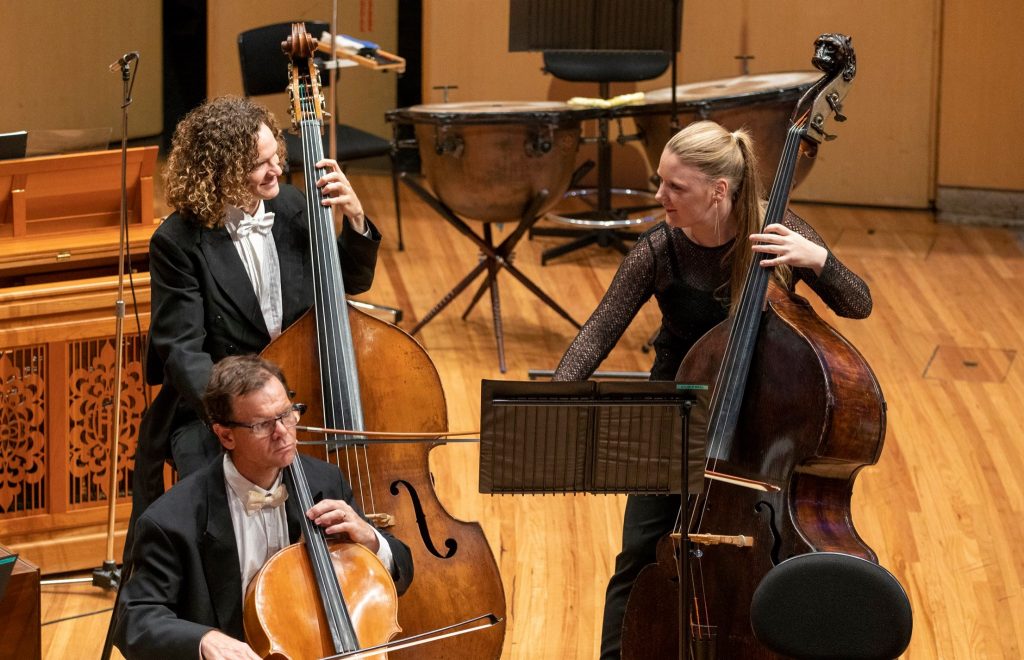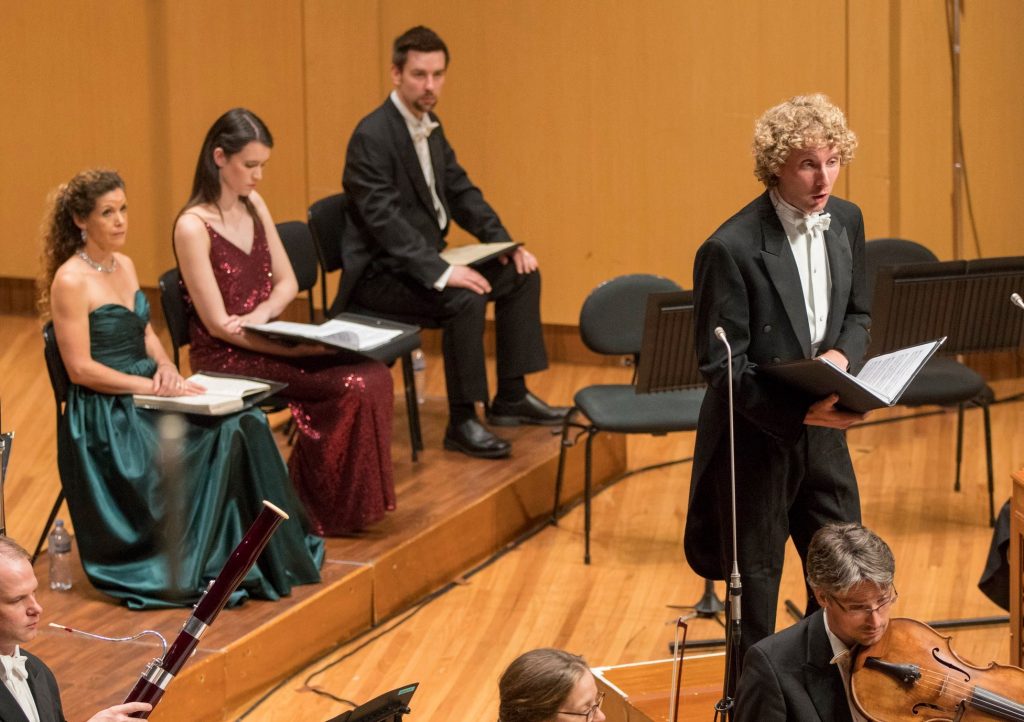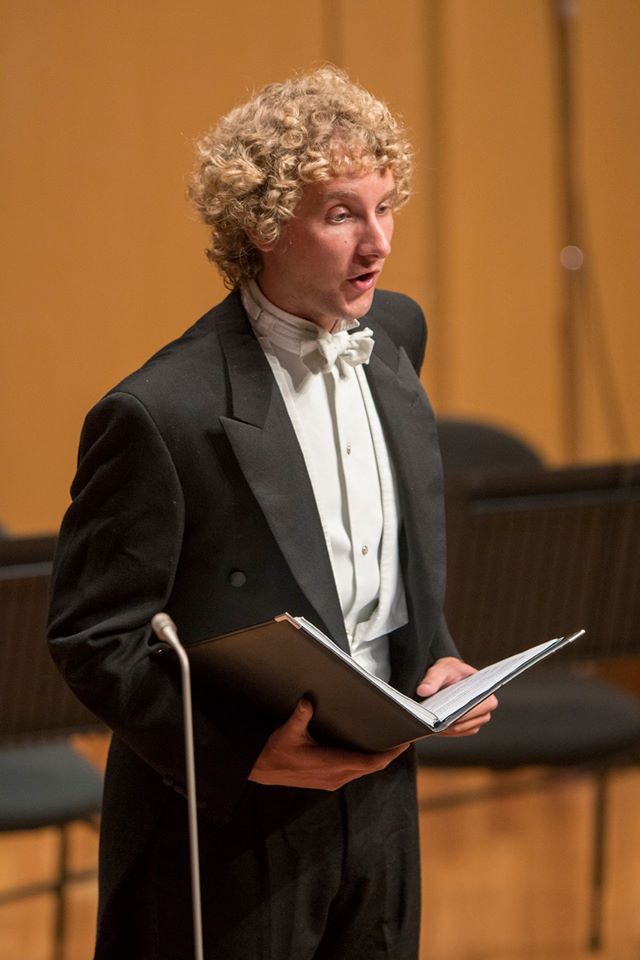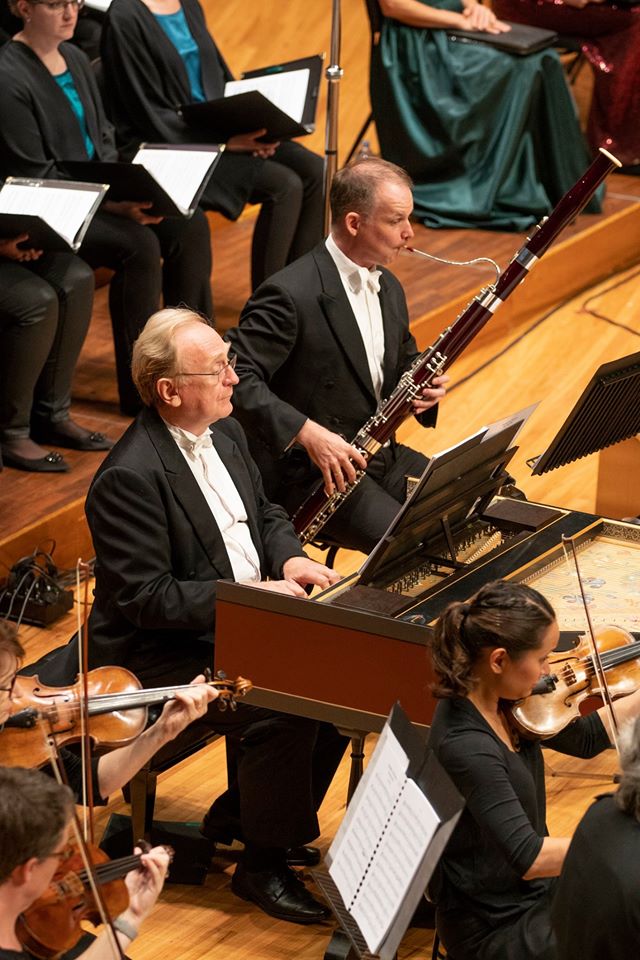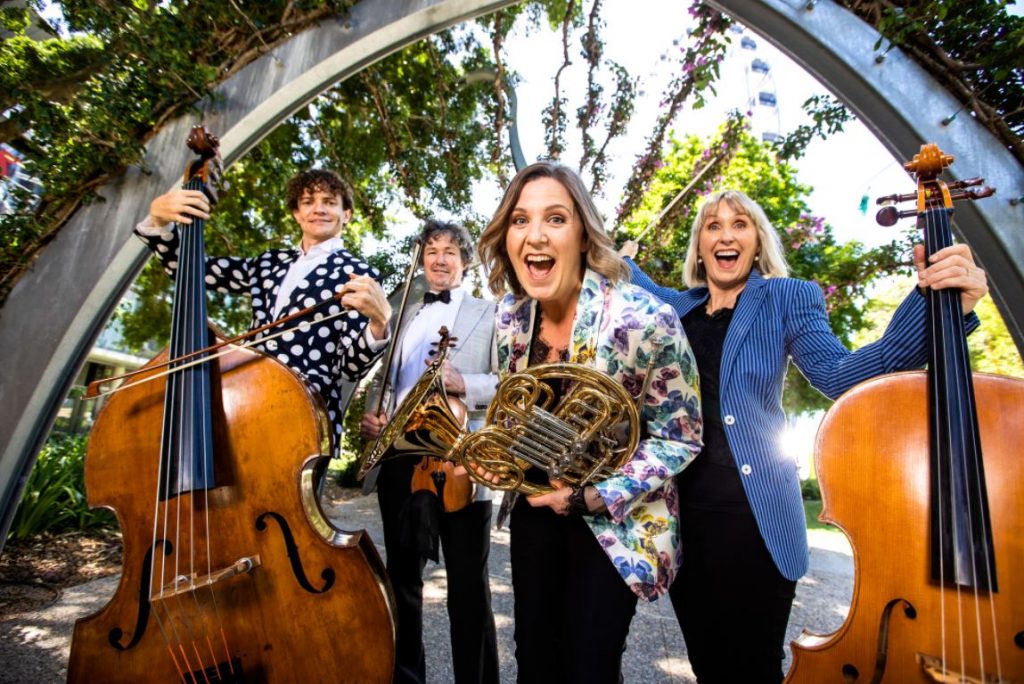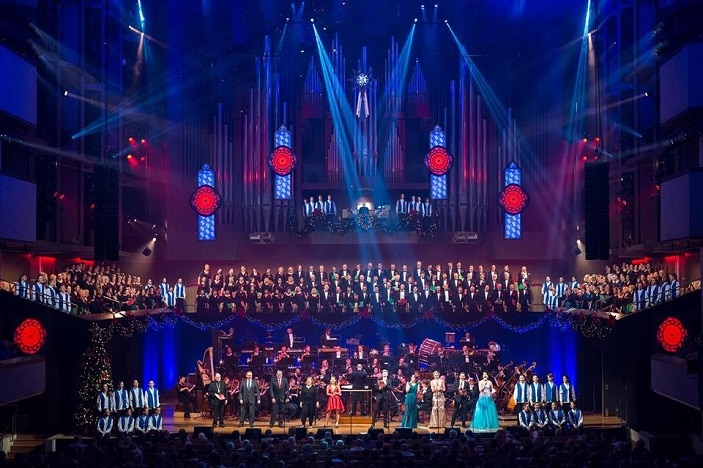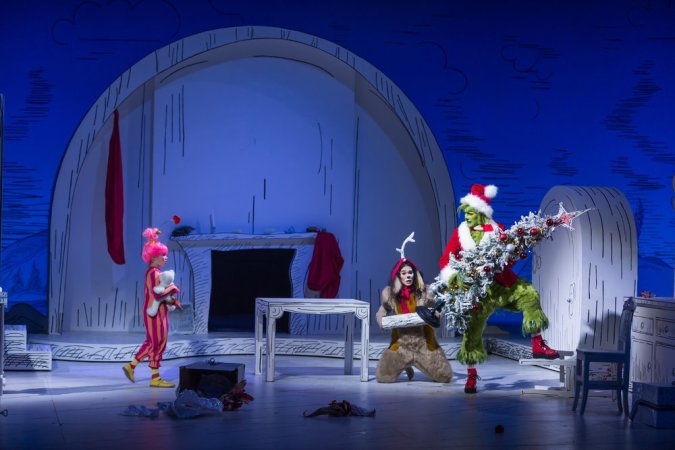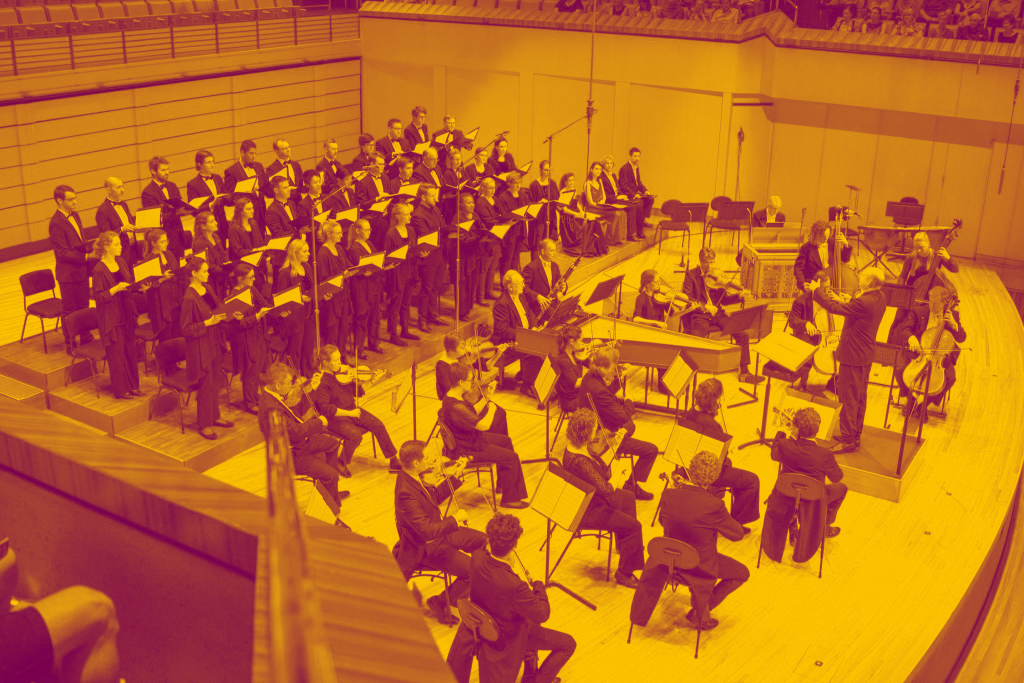
‘Messiah’ // Queensland Symphony Orchestra
‘Messiah’ was magnificent.
It is a long-standing tradition to showcase Handel’s ‘Messiah’ at Christmas time, and the Queensland Symphony Orchestra (QSO) has presented this masterpiece with outstanding skill and passion at QPAC’s Concert Hall. Conducted by Stephen Layton, the orchestra was joined by the Brisbane Chamber Choir, led by Graeme Morton, and guest soloists Sara Macliver (soprano), Helen Charlston (mezzo-soprano), Gwilym Bowen (tenor) and Laurence Williams (bass-baritone).
‘Messiah is undoubtedly Handel’s most well-known work, particularly the famous “Hallelujah Chorus”. The program provided by QSO had extensive notes, listening guide, and featured the libretto of the work, allowing audiences to fully engage with the meaning and context throughout the performance. The work was written in 1741 and is an oratorio – a vocal work based on a sacred or secular text, usually religious in nature. The libretto was compiled by Charles Jennens from biblical and liturgical sources and follows the full story of Christ. Part of its popularity in the Western world is its use of the English language and not the more traditional Latin of other religious works.
For audiences accustomed to the large-scale orchestra of most QSO productions, ‘Messiah’ will surprise, as it is scored for a much smaller orchestra, which is typical of Handel’s Baroque period. The orchestra, led by Concertmaster Warwick Adeney, featured twelve violins, two violas, two cellos, two double basses, two oboes, a bassoon and harpsichord and organ. They were joined in the second half by two trumpets and timpani. The amount of sound produced by these wonderful musicians was at times surprisingly strong, but it was the delicate pianissimo (very soft) dynamics that gave audiences tingles.
The precision displayed by the musicians was staggering – there were numerous times when the entire violin section sounded like a single instrument. There was not a note wrong, even the bows were perfectly synchronised and the intonation perfect. It was delightful to hear a real harpsichord, played expertly by Peter Roennfeldt, alongside the chamber organ, played by Christopher Wrench on stage. Wrench made a quick dash during the final moments to the upper loft of the Concert Hall to perform the final section on the impressive pipe organ, which ended the concert on a magnificent high.
The oratorio is performed in three parts: ‘Part The First’ references the prophecy of Christ’s appearance on Earth, through to his birth and the nativity story. This section comprised the first act of the concert and displayed the various components of an oratorio, namely Choruses, Songs and Accompagnato. The Choruses were performed by the full choir and orchestra, and Songs or Arias were extended, accompanied by a solo voice with more of a melodic line and structure. The accompagnato is a recitative section, like those found in operas. These sections are also performed by soloists, but the melodies are often less ornamented and become a sung narrative. These sections were often simply accompanied by the organ or reduction of the orchestra.
The second half featured ‘Part The Second’ -the death, resurrection and ascension of Christ – which concluded with the signature “Hallelujah Chorus”. Just as the section prior concluded, conductor Stephen Layton turned to face the audience and motioned for all to stand as the opening strains of the chorus began. Having not attended a performance of ‘Messiah’; before, this action may be new to some but has been a long-standing tradition. While no one is sure of the reasoning why, popular rumour indicates that during a performance in the 1740s, the King rose at this point in the oratorio, and of course, protocol dictates that all must stand if the King is standing. Some say he was moved by the music; others say he’d been sitting a while and needed to stretch his legs.
For Brisbane audiences, if one had attended the concert just to hear this famous chorus, it would have been money well spent. The hall resounded with the familiar strains and idiomatic counterpoint of the choir and orchestra, augmented by the triumphant fanfare of trumpets and timpani. The power of this famous tune was given greater impact upon hearing the build-up of the work to that point in the story, highlighting Handel’s musical mastery that has endured for nearly 300 years.
The four soloists performed beautifully and showcased incredible skill and engagement. Sara Macliver’s soprano voice floated brilliantly over the orchestra with a bright and effortless tone that was enchanting. Helen Charlston took on the alto role with a warm tone in her lower register that was both commanding, yet tender. Both women were resplendent in their attire, with Macliver wearing a strapless emerald green ball gown and Charlston creating a festive pair in a deep red sequined dress. All the gentlemen on stage wore white tie and tailcoat, and soloists Gwilym Bowen (tenor) and Laurence Williams (bass-baritone) were no exception. Bowen’s performance was energetic and engaging; his tone was full and clear throughout the variety of moods he created. Williams’ warm lower register was often supported by the double basses and was an excellent contrast, rounding out the quartet perfectly. All four performers were splendid in their skill, range, tone and presentation.
The pace of the oratorio was constantly moving, with highs and lows of tempo, mood and dynamics. The chorus sections added much gusto and excitement throughout the work, and they were incredibly presented by the 40-voice Brisbane Chamber Choir. Like the orchestra, there were times where it sounded like 200 voices were on stage, yet their ability to blend and maintain sound at incredibly low volumes was astonishing. Their diction and vocal precision gave their performance clarity and took the audience on the emotional journey of prophecy, angelic heralds and triumphant arrivals. While the large, anthemic sections were outstanding, the few moments of a cappella work (unaccompanied by instruments) were a remarkable demonstration of skill, balance and aural acuity to which all choirs aspire.
Finally, ‘Part The Third’, described as a victory over death, is a moving coda to this momentous work. The final section, “Worthy Is The Lamb” has taken text from the last book of the Bible, Revelation, and Handel’s score provides powerful, stirring music to these commanding words. Concluding with an almighty ‘Amen’ section, the pipe organ was featured in all its glory. It was no surprise that the sold-out QPAC audience rose instantly to their feet to give the entire performance a standing ovation.
While this was a one-night-only performance, the concert will be broadcast on ABC Classic radio on the 23rd December at 7 pm (AEDT). Viewers, like those who attended the live concert, won’t be disappointed.
Subscriptions for QSO’s 2020 season are now available via Queensland Symphony Orchestras Website.


